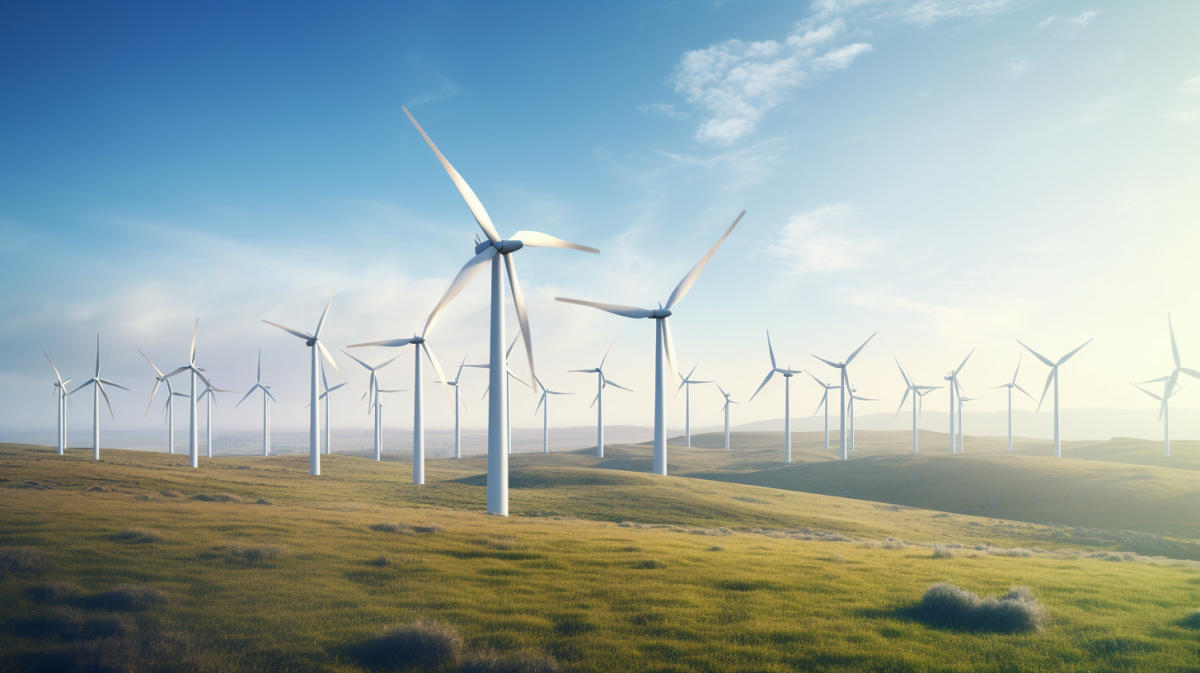Jobs
Warm fall weather predicted for US, UP

Fall forecast for temperature and precipitation possibilities
IRON MOUNTAIN — Fall may be markedly warmer than usual in much of the United States as above-average temperatures could persist into November, forecasters say.
September warmth is becoming more common, said Todd Crawford, vice president of meteorology at Atmospheric G2, adding it’s “effectively the fourth month of summer.” October, too, may be much warmer than average across the Midwest this year, Crawford said.
Temperatures locally should reach into the upper 80s later this week, but no record highs are anticipated, according to the National Weather Service.
Overall, the NWS calls for a 45% chance of above-normal temperatures this fall in the Upper Peninsula and northeastern Wisconsin and a 20% chance of below normal. September is expected to be dry, although the three-month precipitation outlook through November is neutral.
A fall foliage map produced by smokymountains.com shows patchy colors in the Dickinson-Iron region starting a week from now and reaching a peak by Oct. 7. Pure Michigan estimates a southern U.P. peak by about the same date, with colors past their peak by Oct. 16.
After below-average rainfall in July and August, the U.S. Drought Monitor shows abnormally dry conditions in southern Dickinson and Iron counties, along with Florence, Marinette and Oconto counties in Wisconsin. Otherwise the U.P. and northern Wisconsin are mostly free of drought.
The Iron Mountain-Kingsford Wastewater Treatment Plant observation site measured 1.85 inches of rain in August, which was 1.65 inches below average. July’s total of 1.31 inches was 2.1 inches below normal.
Marquette, by contrast, had 4.09 inches of rain in August alone.
Temperatures in August at Iron Mountain-Kingsford averaged 67.6 degrees, which was 0.9 degrees above normal. Temperatures in July had averaged 0.3 degrees below normal while June’s temperatures were 0.2 degrees below the norm.
Globally, the period between June and August was the hottest on record, European climate service Copernicus reported Friday. The northern meteorological summer averaged 62.24 degrees, which was 0.05 degrees warmer than the old record in 2023.
With a forecasted La Nina — a temporary natural cooling of parts of the central Pacific — the last four months of the year may no longer be record-setters like most of the past year and a half, the Associated Press reported. However, it’s not likely to be cool enough to keep 2024 from breaking the annual record, Copernicus Director Carlo Buontempo said.
La Nina conditions in winter can bring cold and snowy weather to areas around the Great Lakes. The Climate Prediction Center’s forecast indicates a 45% chance of above-average precipitation and a 20% chance of below average in the U.P. this winter. The temperature outlook is neutral.
“Later in the fall and into the 2024-2025 winter, the three-month precipitation outlooks are based largely on La Nina composites,” NWS forecaster Brad Pugh said. The CPC sees a 66% chance of La Nina emerging this fall and a 74% chance of it persisting through winter.










